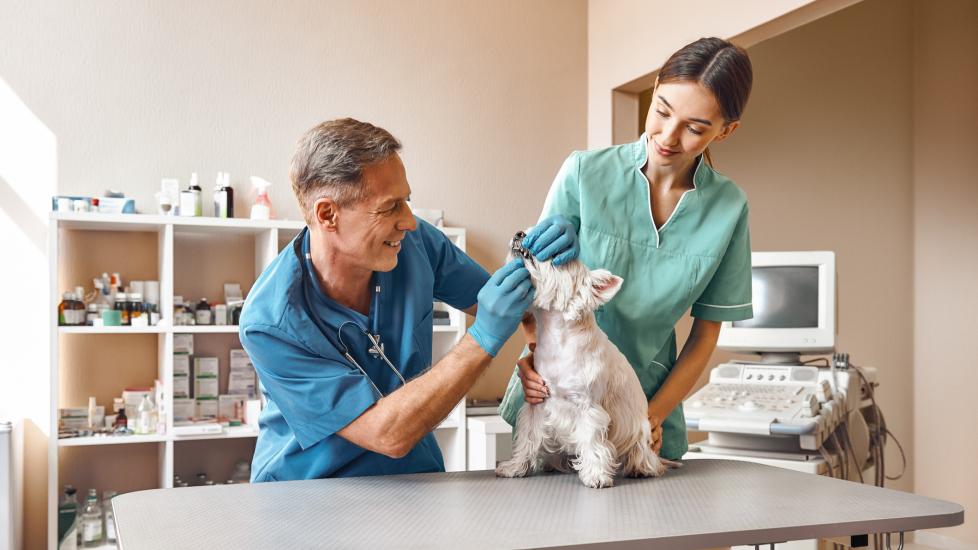Understanding and Preventing Dental Cavities in Your Furry Friend
Losing a tooth is never fun, especially when it’s your pet who’s suffering. Just like humans, dogs are prone to dental problems, including cavities. These little holes in the teeth can be painful for our furry friends and lead to further health complications if left untreated. As an attentive dog owner, understanding what causes these issues and how to prevent them is crucial for maintaining your pup’s oral health. Here’s everything you need to know about cavities in dogs:
What Are Doggy Cavities?
Dental caries, commonly known as cavities or tooth decay, occur when bacteria produce acids that eat away at the enamel of a dog’s tooth. This process gradually progresses through the softer layers beneath the enamel, leading to irreversible damage. In severe cases, pulp infections may develop, necessitating root canal therapy or even extraction.
Causes of Canine Cavities
Bacteria and Plaque Buildup
Just as with human mouths, certain strains of bacteria thrive on the surfaces of a dog’s teeth. When food particles remain after eating, they act as fuel for these microorganisms. Over time, plaque accumulates, hardens into tartar, and creates an acidic environment within the mouth – perfect conditions for cavity formation.
Dietary Factors
High levels of carbohydrates in a dog’s diet can exacerbate the problem. Simple sugars from treats, table scraps, and some commercial foods can increase the pH level in the mouth, making it more conducive to bacterial growth and acid production.
Genetics
Some breeds have genetic predispositions to dental issues due to their unique jaw structures or the shape of their tongues. For example, brachycephalic breeds (like Pugs and Bulldogs) often struggle with dental crowding and alignment, which makes cleaning difficult and increases the risk of cavities.
Prevention Is Key
Regular Dental Checks
Schedule regular check-ups with your veterinarian or a professional groomer experienced in handling pets’ dental hygiene needs. They can provide thorough cleanings and offer advice tailored to your dog’s specific requirements.
Brush Those Teeth!
Establish a daily routine of brushing your dog’s teeth using specially formulated pet toothpaste. Start young so your pooch gets used to it; puppies around 6 months old are usually receptive to this new ritual.
Diet Modification
Choose high-quality dog food that minimizes sugar content. Consider feeding your dog rawhide bones or other chew toys designed to help keep their teeth clean.
Limit Between-Meal Snacks
Avoid giving too many snacks between meals as excess food debris can contribute to plaque buildup. Instead, opt for healthier alternatives such as green beans or carrots.
Professional Cleaners
Consult with your vet about special products like enzymatic cleaners that can be added to your dog’s water bowl to maintain good oral hygiene.
Treating Existing Cavities
If your dog has already developed cavities, don’t despair! Early detection allows for prompt treatment by a veterinary dentist. Depending on the severity, treatments might include scaling, polishing, filling materials similar to those used in human dentistry, or surgical intervention if necessary.
By taking proactive steps towards maintaining your dog’s overall well-being, you ensure they live happier, healthier lives—smile after smile!
